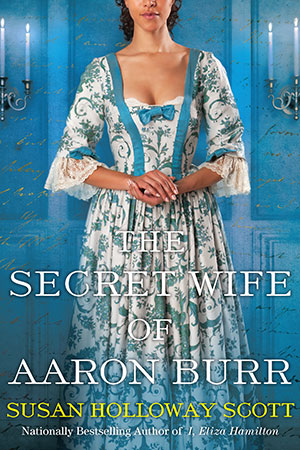Susan reporting,
This post originally appeared in connection with a 2014 exhibition at Pottsgrove Manor, the 1752 mansion of prosperous colonial ironmaster, merchant, and judge John Potts (c1710-1768) in Pottstown, PA. While the exhibition has long since closed, I've always remembered this well-worn shortgown - the kind of clothing worn by everyday women in 18thc America, and now extremely rare.
As promised, here's one of the 18th c. garments from Pottsgrove Manor's current exhibition, To the Manor Worn: Clothing the 18th Century Household, that I featured here. The exhibition included silk gowns, a magnificent embroidered waistcoat, silk breeches, and quilted silk petticoats.
The shortgown, above left, is considerably more humble, and because of that, it's much more rare, too. Like the 19th c. cotton dress I wrote about here, shortgowns were most commonly worn by working women, and they often turn up in the advertised descriptions of runaway indentured and enslaved servants. Shortgowns were t-shaped garments with a flared hem that were comfortable for physical labor. They had no fastenings, but closed with straight pins along the front opening. Made from cotton, linen, or wool, shortgowns were worn over a linen shift and a petticoat; they were early, easy separates.
An 18th c. working woman's wardrobe was limited, and each article received hard wear. Clothes were mended and refashioned until there was literally nothing left but rags, which in turn would then have had another life around the household. Unlike a wedding gown or baby cap, a shortgown like this would not be set aside and preserved for posterity. Even the few that have survived would not find a welcome in most modern costume collections, which tend to concentrate on the clothing of the elite classes, beautifully constructed clothing of rich fabrics.
This shortgown tells a different story. Its owner was neither wealthy nor famous, but she was thrifty and resourceful and skilled with a needle. The fabric is either corded linen or cotton, once off-white and now discolored with age. The simple style could have been made by the wearer herself.
As the exhibition catalogue notes, "In the 18th century, the material made up the biggest cost of a garment, so even the clothing of wealthy individuals often shows some level of patching to get as much use of the fabric as possible."
This shortgown has been patched, and patched again, with neatly squared patches and careful stitching. As you can see in the detail, right, some of the patches are scraps of the original fabric, and others are simply similar fabric. Most of the patches are in places that would have received the most stress and wear, under the arm and along the sleeves.
The name and history of the shortgown's owner are long forgotten, but she left her testimony in each of the tiny stitches across each frugal patch, making the most of what she had. She's as much a part of early American history as George Washington, and I'm glad to see her work preserved and presented as the treasure that it is.
Many thanks to Pottsgrove Manor's curator Amy Reis and the rest of the staff for their assistance with this post.
Above: Women's shortgown, linen or cotton, c.1780-1800. From the collection of the Chester County Historical Society. Photograph courtesy of Pottsgrove Manor.








 One of us --
One of us -- 


